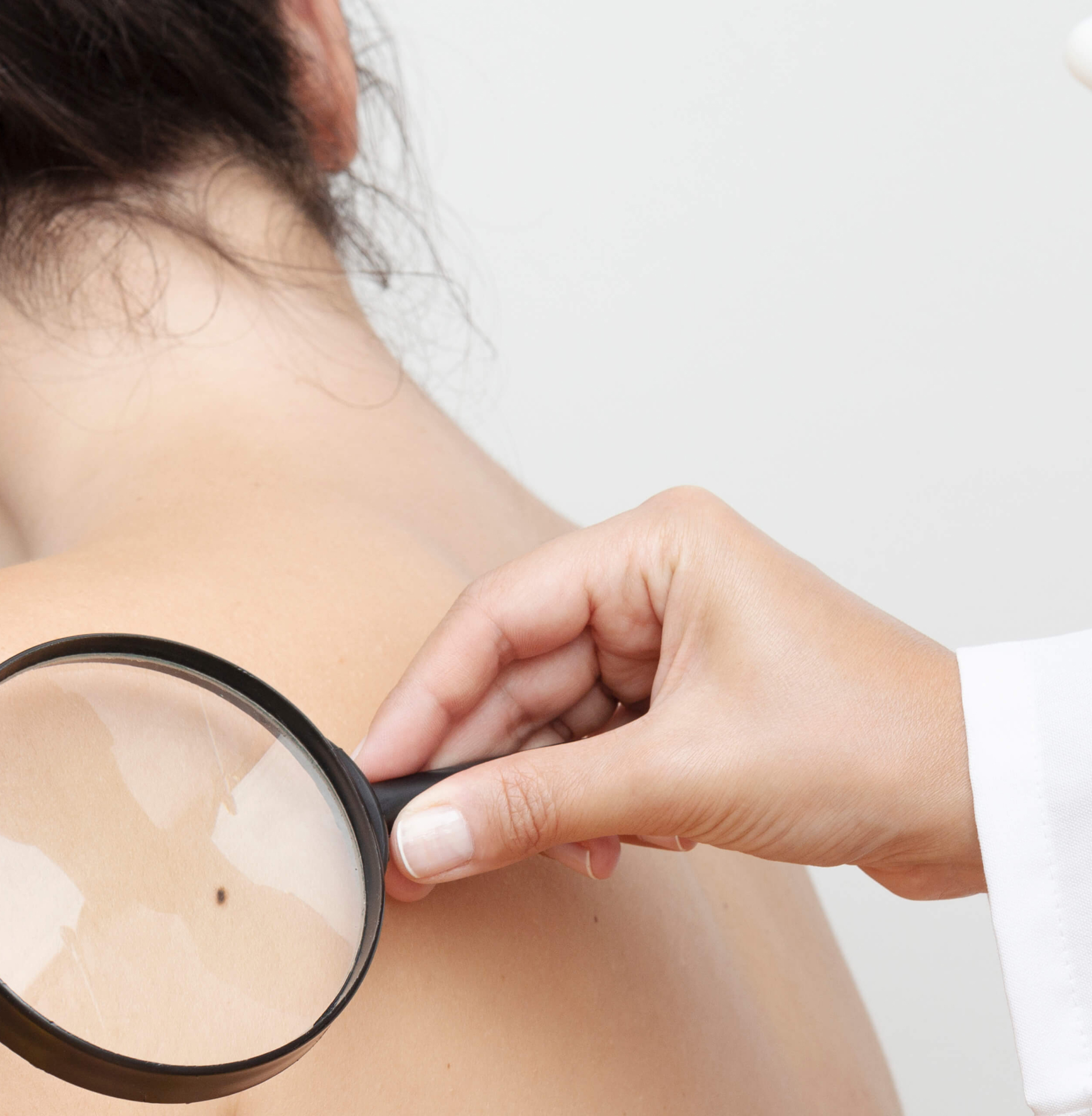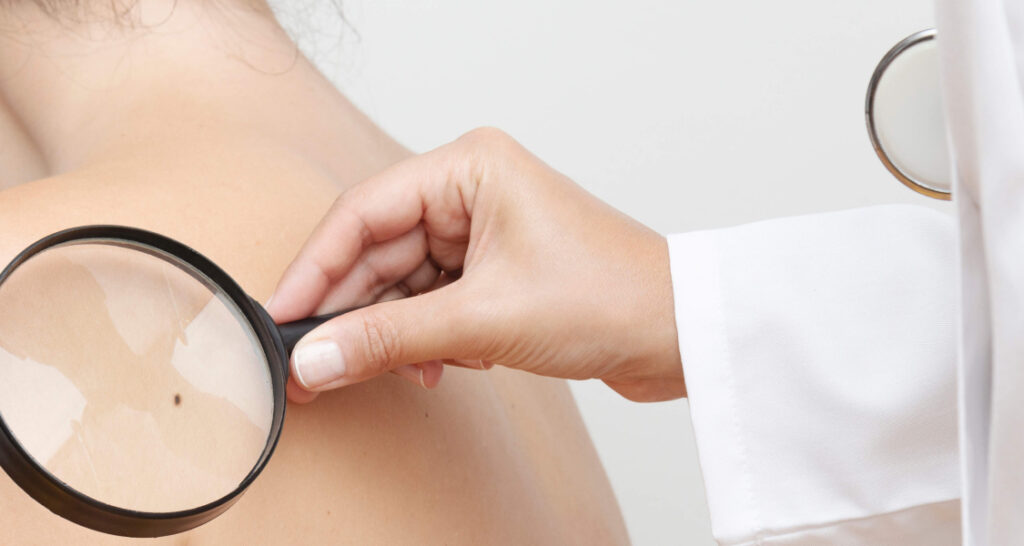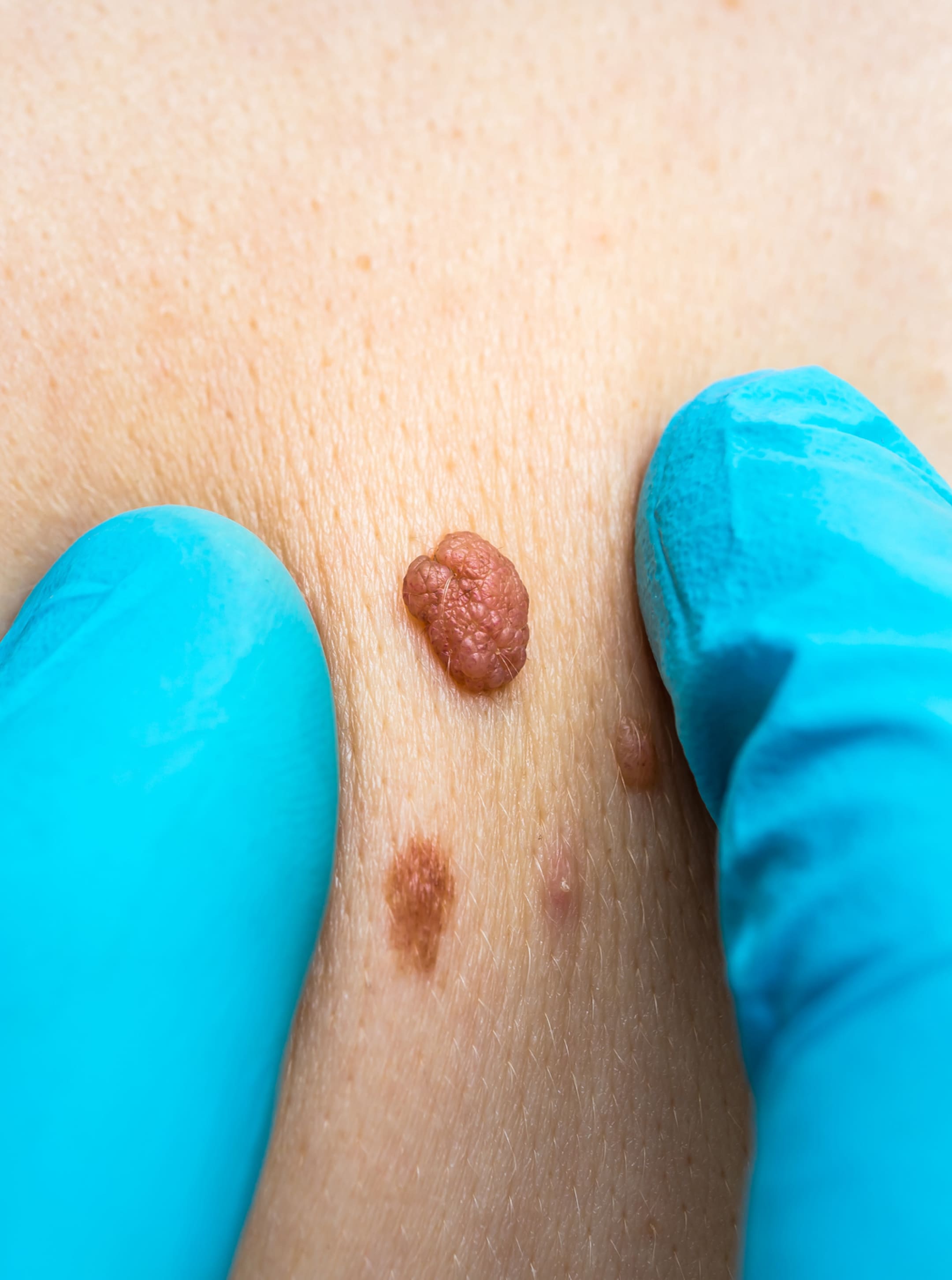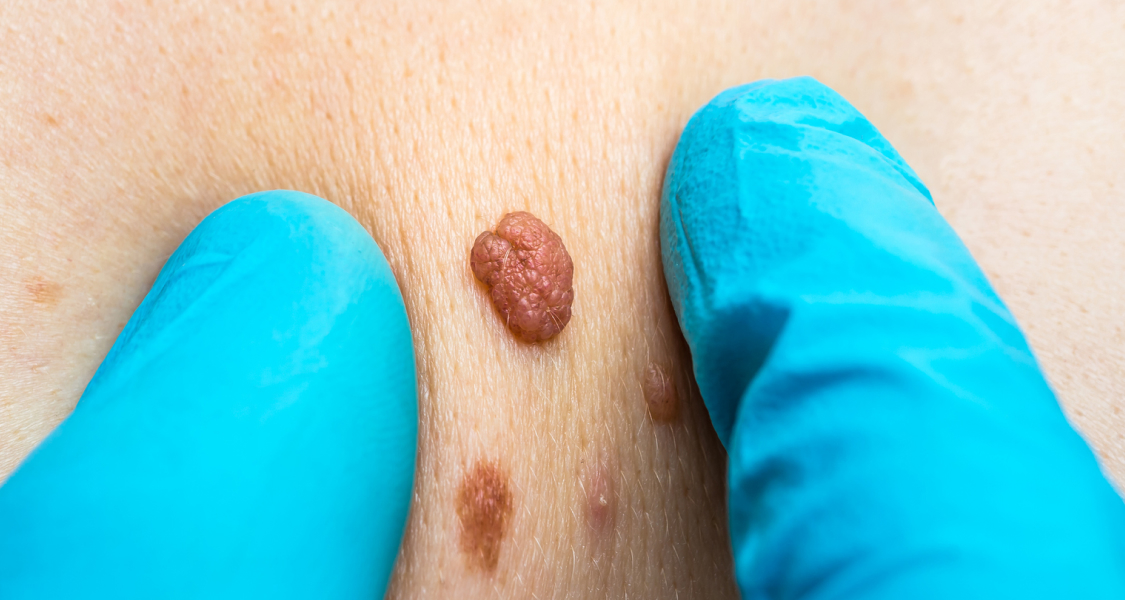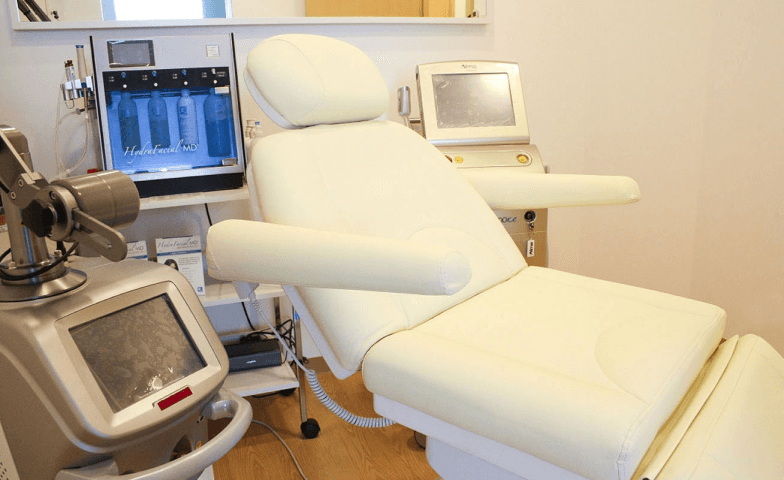Types Of Skin Cancer
Skin cancers may be divided into melanoma and non-melanoma skin cancers. Basal cell carcinoma and squamous cell carcinoma are non-melanoma skin cancers.
-
Basal Cell Carcinoma (BCC)
This is the most common type of skin cancer worldwide. Though it occurs more frequently in those with light-colored skin, this can also affect people who have a dark skin color.
-
Squamous Cell Carcinoma (SCC)
This is the second most frequent type. People with darker skin are more prone to develop this type on parts of the body that are rarely exposed to sunlight.
-
Melanoma
Melanoma is known as “the most serious skin cancer” since it can spread to other parts of the body or metastasize.
